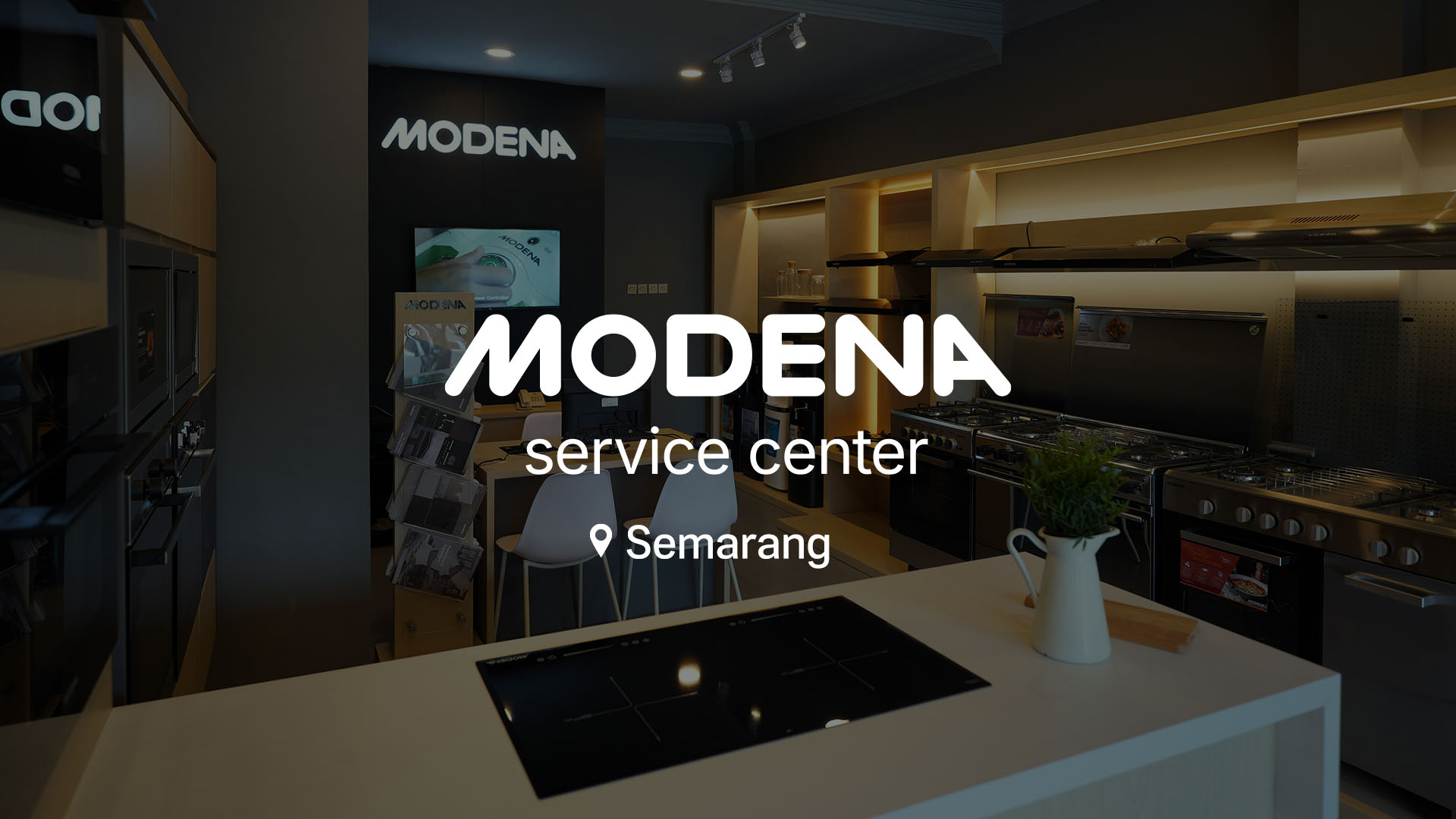-
Sorry, empty cart
Go to product
Nasi tumpeng is a Javanese dish that symbolizes Javanese culture. This dish is usually served by placing cone-shaped rice in the center and surrounded by side dishes and vegetables. The type of rice commonly used to make tumpeng is yellow rice, which is complemented by tempeh orek, eggs balado, fried chicken, fresh vegetables, and various other menus according to taste. Nasi tumpeng is served to celebrate important occasions, such as weddings, traditional ceremonies, birthdays, and others.
Judging from its history, tumpeng rice has existed since the time of our ancestors. Some sources say that tumpeng rice was originally a tradition to honor the mountains as a place where the spirits of ancestors reside. When Hinduism entered Java, the shape of tumpeng rice was made conical like Mount Mahameru which was considered the abode of goddesses. However, after Islam entered Java, the meaning of making tumpeng changed from glorifying the mountain to a form of gratitude to God Almighty.
Philosophically, the shape of tumpeng rice surrounded by side dishes and vegetables is a symbol of the ecosystem of life. The conical and towering shape of the rice symbolizes the majesty of God, while the various side dishes and vegetables around the rice symbolize nature. The color of tumpeng rice also has a different meaning. The white-colored tumpeng rice symbolizes purity, while the yellow-colored tumpeng rice symbolizes wealth and noble morals. Each side dish served with tumpeng rice also has a different meaning, such as salted fish that illustrates mutual cooperation, boiled eggs that have a meaning of determination, and chicken meat that symbolizes obedience to the Creator. Although tumpeng rice is a typical Javanese dish, today the tumpeng rice menu has spread throughout the archipelago and has been adapted by local cultures.

Common Mistakes when Making Miniumpeng and How to Avoid Them
Although tumpeng rice basically only consists of rice and side dishes, the making of tumpeng requires special techniques and methods to meet aesthetic and cultural standards. Common mistakes include rice that is not well compacted so that it breaks easily and the cone shape does not last long, unbalanced or too few side dishes; thus making tumpeng rice less attractive and reducing the aesthetic impression and cultural meaning of tumpeng. In addition, the placement and storage of tumpeng rice in improper conditions can damage the quality of food. Tumpeng rice should also not be hard, because usually tumpeng rice is not eaten immediately like other foods.
To avoid failure in making tumpeng rice so as not to crack and hard, some things that can be done are the selection of good quality rice, clean, fragrant, and fluffy. In addition, rice can also be mixed with glutinous rice to make tumpeng rice easy to mold and not easily collapse. When molding tumpeng rice, do not press the rice too tightly as it can make the rice hard. The use of banana leaves before putting the rice into the tumpeng mold can also help keep the rice from sticking and can cone perfectly.

Mini Tumpeng Cooking Class at MODENA
This time, MODENA Culinaria will hold a cooking class with a mini tumpeng menu with Chef Udin. Chef Udin himself is a chef who is an expert in making Nusantara menus. The purpose of this cooking class is not only to teach how to make delicious and aesthetic tumpeng rice, but also tips and techniques to make the mini tumpeng successful. Usually, tumpeng rice is priced from hundreds of thousands to millions of rupiah for one tampah and can be served for 15 to 40 people. However, to enliven certain occasions, mini tumpeng or smaller tumpeng can be served for one person. Therefore, this cooking class will be very useful for MSMEs or housewives who want to make tumpeng rice to be served at certain events.
In addition to the cooking class with the mini tumpeng menu, MODENA Culinaria also has cooking and baking classes with various menus this September. There is a baking class with cheesecake menu, cooking class with baked rice menu, and cooking demo with Chinese menu. In addition to cooking class, MODENA Culinaria also has a corporate outbound program that aims to build team bonding through cooking class. For more information about the programs available at MODENA Culinaria, visit our website at culinaria.modena.com.
Other Articles





Nasi tumpeng is a Javanese dish that symbolizes Javanese culture. This dish is usually served by placing cone-shaped rice in the center and surrounded by side dishes and vegetables. The type of rice commonly used to make tumpeng is yellow rice, which is complemented by tempeh orek, eggs balado, fried chicken, fresh vegetables, and various other menus according to taste. Nasi tumpeng is served to celebrate important occasions, such as weddings, traditional ceremonies, birthdays, and others.
Judging from its history, tumpeng rice has existed since the time of our ancestors. Some sources say that tumpeng rice was originally a tradition to honor the mountains as a place where the spirits of ancestors reside. When Hinduism entered Java, the shape of tumpeng rice was made conical like Mount Mahameru which was considered the abode of goddesses. However, after Islam entered Java, the meaning of making tumpeng changed from glorifying the mountain to a form of gratitude to God Almighty.
Philosophically, the shape of tumpeng rice surrounded by side dishes and vegetables is a symbol of the ecosystem of life. The conical and towering shape of the rice symbolizes the majesty of God, while the various side dishes and vegetables around the rice symbolize nature. The color of tumpeng rice also has a different meaning. The white-colored tumpeng rice symbolizes purity, while the yellow-colored tumpeng rice symbolizes wealth and noble morals. Each side dish served with tumpeng rice also has a different meaning, such as salted fish that illustrates mutual cooperation, boiled eggs that have a meaning of determination, and chicken meat that symbolizes obedience to the Creator. Although tumpeng rice is a typical Javanese dish, today the tumpeng rice menu has spread throughout the archipelago and has been adapted by local cultures.

Common Mistakes when Making Miniumpeng and How to Avoid Them
Although tumpeng rice basically only consists of rice and side dishes, the making of tumpeng requires special techniques and methods to meet aesthetic and cultural standards. Common mistakes include rice that is not well compacted so that it breaks easily and the cone shape does not last long, unbalanced or too few side dishes; thus making tumpeng rice less attractive and reducing the aesthetic impression and cultural meaning of tumpeng. In addition, the placement and storage of tumpeng rice in improper conditions can damage the quality of food. Tumpeng rice should also not be hard, because usually tumpeng rice is not eaten immediately like other foods.
To avoid failure in making tumpeng rice so as not to crack and hard, some things that can be done are the selection of good quality rice, clean, fragrant, and fluffy. In addition, rice can also be mixed with glutinous rice to make tumpeng rice easy to mold and not easily collapse. When molding tumpeng rice, do not press the rice too tightly as it can make the rice hard. The use of banana leaves before putting the rice into the tumpeng mold can also help keep the rice from sticking and can cone perfectly.

Mini Tumpeng Cooking Class at MODENA
This time, MODENA Culinaria will hold a cooking class with a mini tumpeng menu with Chef Udin. Chef Udin himself is a chef who is an expert in making Nusantara menus. The purpose of this cooking class is not only to teach how to make delicious and aesthetic tumpeng rice, but also tips and techniques to make the mini tumpeng successful. Usually, tumpeng rice is priced from hundreds of thousands to millions of rupiah for one tampah and can be served for 15 to 40 people. However, to enliven certain occasions, mini tumpeng or smaller tumpeng can be served for one person. Therefore, this cooking class will be very useful for MSMEs or housewives who want to make tumpeng rice to be served at certain events.
In addition to the cooking class with the mini tumpeng menu, MODENA Culinaria also has cooking and baking classes with various menus this September. There is a baking class with cheesecake menu, cooking class with baked rice menu, and cooking demo with Chinese menu. In addition to cooking class, MODENA Culinaria also has a corporate outbound program that aims to build team bonding through cooking class. For more information about the programs available at MODENA Culinaria, visit our website at culinaria.modena.com.
Other Articles